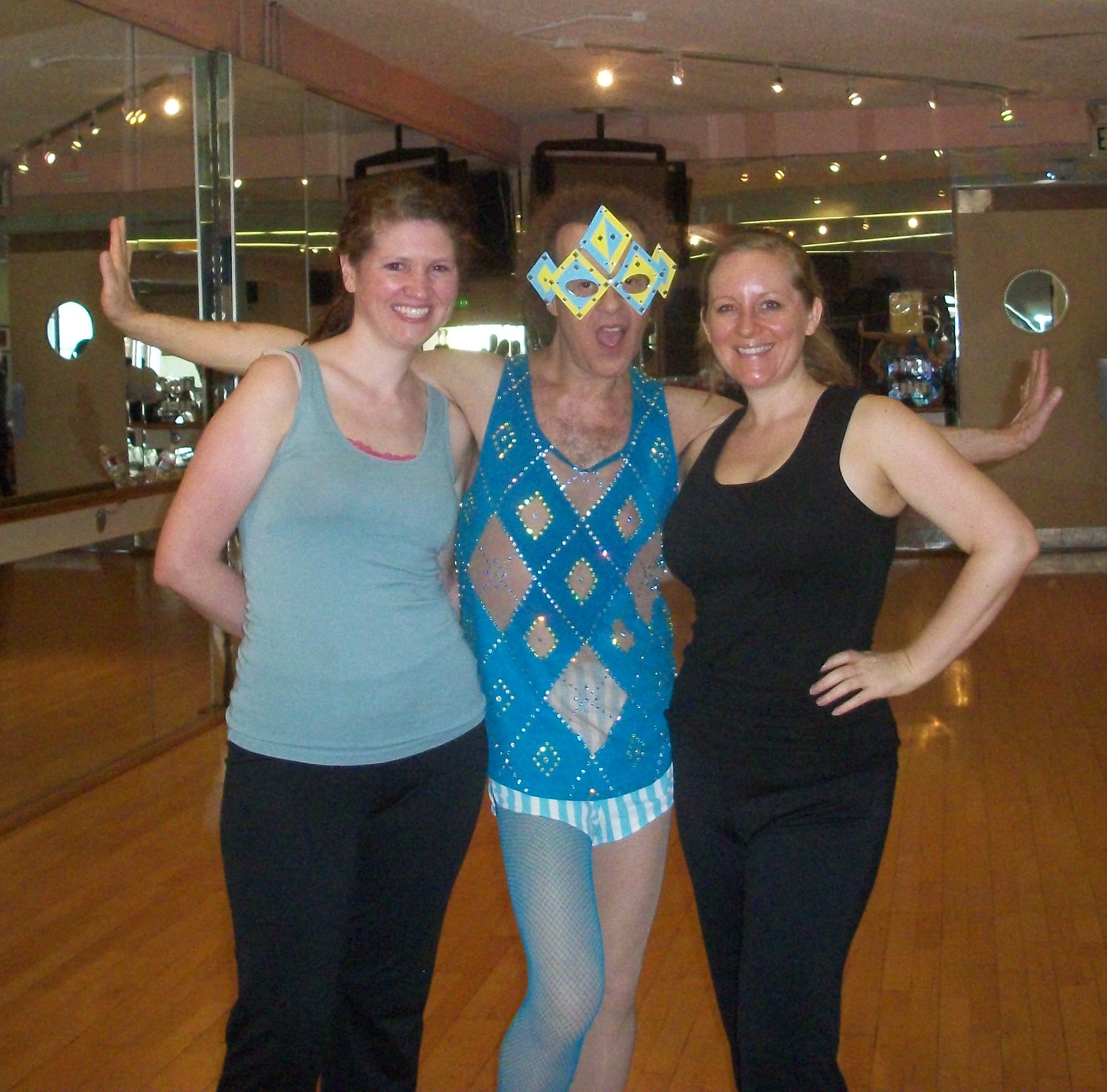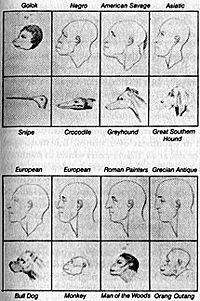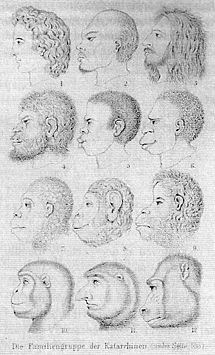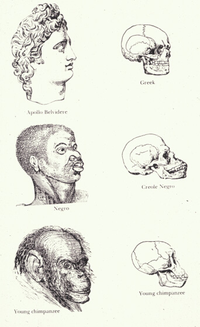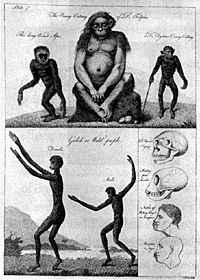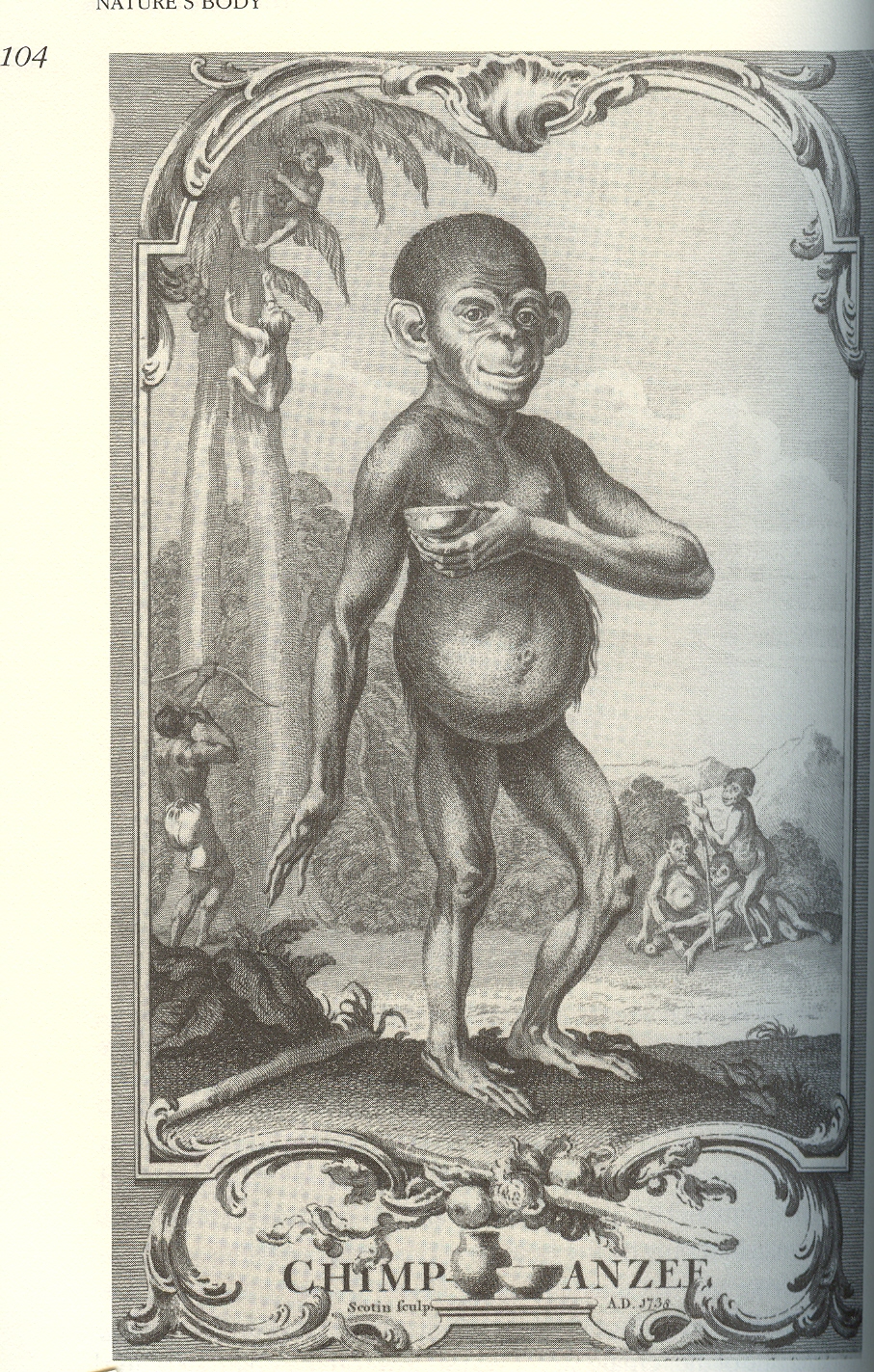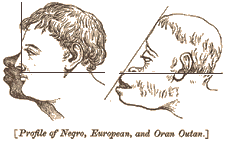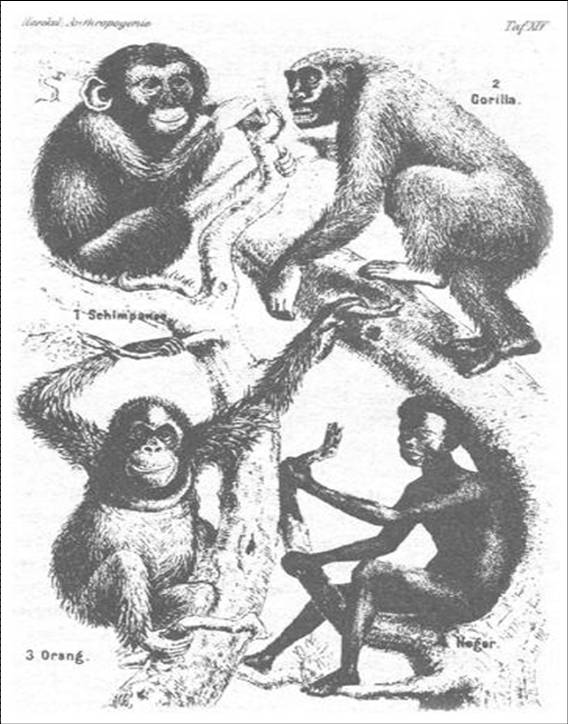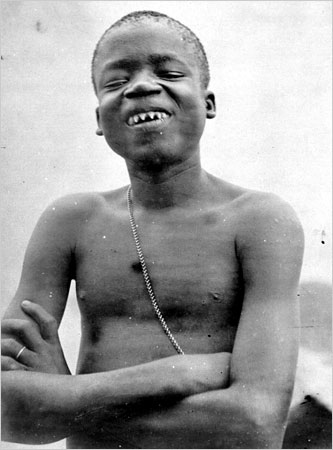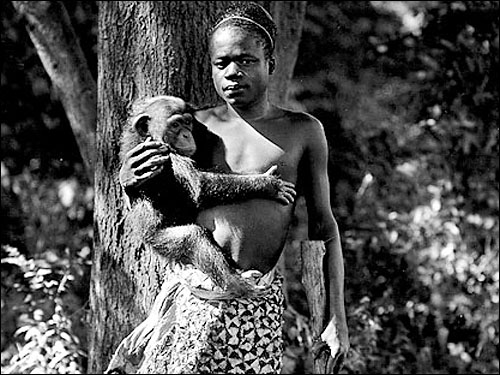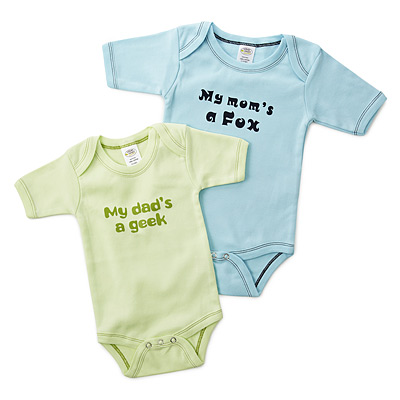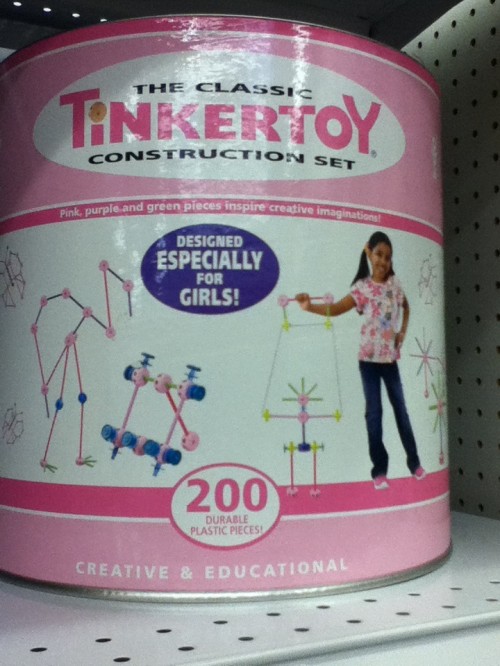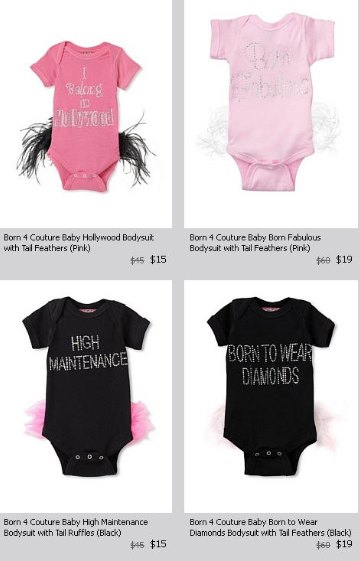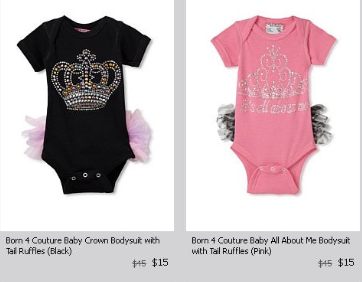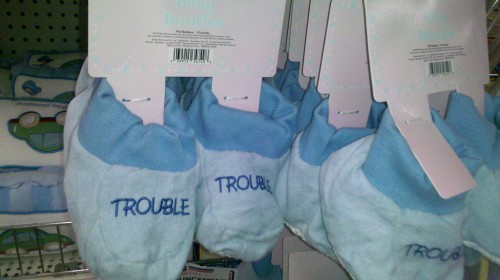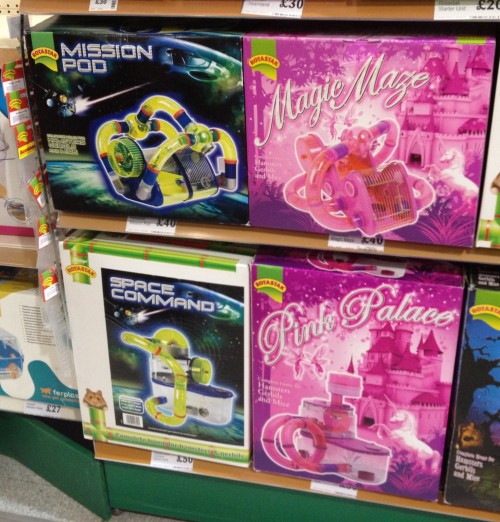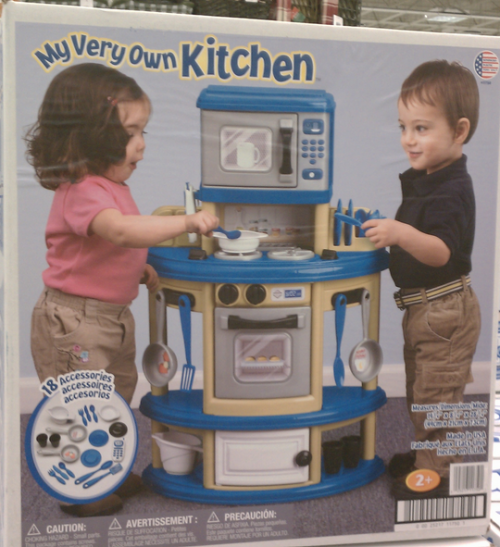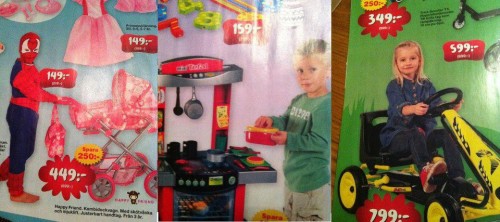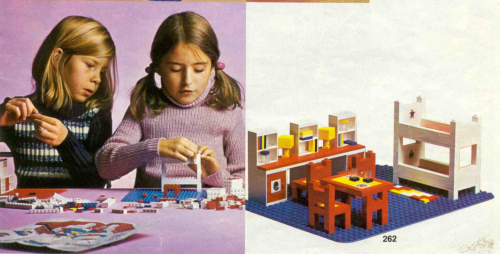Tip: This may look like a boring update post, but you really, really, really want to scroll down to the bottom.
SocImages News
- Gwen was featured on NPR’s Morning Edition this week! She had the pleasure of talking about one of SocImages Readers’ favorite topics: pointlessly gendered products. In this interview, she discusses reactions to the new “Bic for Her.”
- Lisa appeared on the Everyday Sociology blog talking about what is and isn’t wrong with hook up culture (in all of two minutes).
- We were quoted twice in Andrew Sullivan’s Daily Beast column, the Dish. Once drawing attention to our post on the social construction of color (Is the Sky Blue?) and again in response to the New York Times article about gender diversity in boys.
Resources for Instructors (and Other Curious Types)
If you haven’t yet, please visit our For Instructors page. Here are some highlights:
Course Guides
As you begin the Fall semester, don’t forget about our amazing Course Guides! These organize SocImages posts in a way that follows standard syllabi for frequently-taught sociology courses. We currently feature the following:
- Introduction to Sociology, by Gwen Sharp (Nevada State College)
- Sociology of Gender, by Mary Nell Trautner (University at Buffalo, SUNY)
- Sociology of Sport, by J.A. Carter (University of Cincinnati)
- Sexuality and Society, by Amanda Jungels (Georgia State University)
- Sociological Research Methods, by Lisa Wade (Occidental College)
For those of you that already use them. Thank you so much! Our guides have been visited, collectively, 43,000 times. We’re thrilled.
Have a Guide you might like to put together? We’re looking for volunteers — sociology professors or graduate students — who are willing to browse our archives, pull out the most compelling posts, and arrange them in ways other instructors would find familiar and convenient. The Guides can cover entire courses or be designed to help illustrate a theory, article, or book. (We’re even happy to have duplicate Guides, since every instructor is different.) Send us an email at socimages@thesocietypages.org.
Pinterest Pages
Our Pinterest pages are fun for everyone, but they’re useful for professors looking for just the right image to illustrate an idea. We currently have one page with all SocImages material (over 9,000 pins!) and 17 pages on specific topics. Please feel free to browse!
- Social Construction
- Re-Touching and Photoshop
- Sexually Suggestive Advertising
- The Great Recession
- Vintage Ads and Products
- Comics and Cartoons
- Deconstructing Disney
- Sexy Toy Make-Overs
- Racial/Ethnic Objectification
- What Color is “Flesh”?
- The Social Construction of Race
- Heteronormativity
- Gendered Parenting and Housework
- Sexualized/Gendered Food
- The Tyranny of Pink and Blue
- Glamorizing Violence in Fashion
Upcoming Lectures and Appearances:
Lisa has started booking talks and lectures for the fall. Her first talk will be at Indiana State University (Sept. 17th-19th) where she’ll be giving a featured lecture at the International Crime, Media & Popular Culture Studies Conference.
Social Media ‘n’ Stuff:
Finally, this is your monthly reminder that SocImages is on Twitter, Facebook, Google+, and Pinterest. Lisa is on Facebook and most of the team is on Twitter: @lisadwade, @gwensharpnv, @familyunequal, @carolineheldman, @jaylivingston, and @wendyphd.
In Other News…
We totally went to an aerobics class taught by Richard Simmons! It was every bit as wacky and amazing as you would think it would be. He even took a photo with us. If you’re in L.A., you can take a class with him for only $12, and we highly recommend it. Here we are with Richard in all our post-workout glory:

